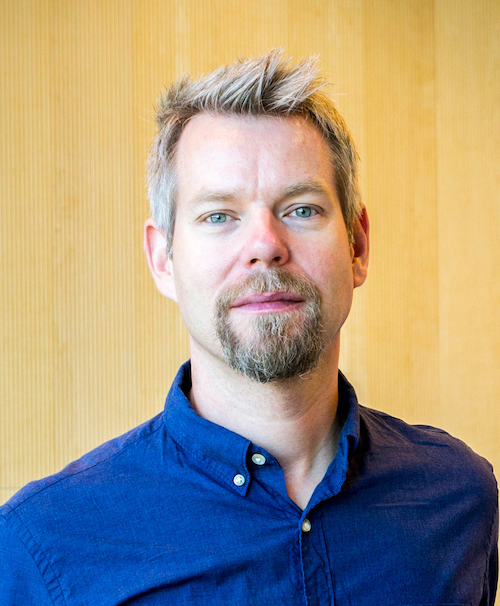Viral Innovation Core
The Viral Innovation Core (VIC) aims to develop novel genetic approaches for the experimental study of the anatomical, cellular, and molecular bases of addiction.

Contemporary investigations related to the neuroscience of addiction utilize a broad set of genetically encoded tools that can be used to control the excitability of defined neurons within circuits, highlight connectivity between neurons that form microcircuits, and report cellular activity states in behaving animals. Vectors exploiting the beneficial features of the Adeno-Associated Virus (AAV) backbone have proven invaluable for delivering genetically encoded tools to specific cell types and circuits in the nervous system.
The goals of the Viral Innovation Core (VIC) are:
- To meet the AAV vector needs of the addiction research community, providing investigators with access to advanced and experimental viral production services
- To develop new AAV-based tools that can surmount the current limitations associated with viral tropism and expand the capacity to target neuron populations of interest in rodents, non-human primates, and other species of interest
Frequently Asked Questions
Why does viral titer vary from project-to-project?
Project-specific shuttle vectors are the main variable in packaging projects. When viral production fails or titer is low, therefore, the problem can typically be traced back to the shuttle vector. Expression of genes in virus-producing cells may inhibit viral production as this process depends on host cellular infrastructure and overall health. Typically, highest titers are obtained when vectors encode “innocuous” genes or when the promoter is weak in virus-producing cells.
How should I store my viral vector?
AAV vectors are stable if stored at -80oC. Viruses with a lipid membrane (e.g., lentiviruses), however, can experience a ~10-fold reduction in titer for every 6 months of storage at -80oC. Accordingly, the VVCC recommends that lentiviral vectors are used within 2-3 months of production unless the titer far exceeds what is required for the project. In addition, it may be better to order smaller lots of virus repeatedly rather than one large lot.
Will the VIC provide a letter of support for my grant application?
Absolutely! Dr. Wickman can work with you to develop a project-specific letter that can be included with your grant application.
Viral Innovation Core Leads

Kevin Wickman, PhD. Dr. Wickman is a Professor and Head of Pharmacology, and he established the UMN Viral Vector and Cloning Core. Dr. Wickman coordinates the activities of the VIC and VVCC to ensure that the UMN addiction research community has access to high-quality AAV vectors to support their independent research programs.

Daniel Schmidt, PhD. Dr. Daniel Schmidt is an Assistant Professor in the UMN Genetics, Cell Biology, and Development Department, and he has directed a BRAIN Initiative-funded viral tool development project. He is leveraging his expertise in the area of innovative viral tool and delivery development to provide effective guidance to Investigators interested in utilizing AAV vectors in their research, and for developing new approaches to addressing the limitations of AAV vector tropism.
Viral Innovation Core Staff
Ezequiel Marron, PhD. Dr. Marron is the VVCC Manager, and he serves as a critical liaison between the VVCC and VIC. Dr. Marron has cultivated a strong relationship with the UMN neuroscience research community by virtue of his many years of practical experience with the application of viral technologies to neuroscience-related research questions, and his strong commitment to facilitating research at the UMN. Dr. Marron oversees custom vector design and coordinates the efforts of VVCC cloning and packaging specialists to ensure that client projects are completed in a timely and accurate manner.
Mehrsa Zahiremami. Mehrsa is an AAV packaging specialist responsible for the cell-based production and purification of high-titer AAV vectors.
Melody Truong. Melody is a DNA cloning specialist responsible for completing custom cloning projects required for custom AAV vector production.
Tyler Haeberle. Tyler is a DNA cloning specialist responsible for completing custom cloning projects required for custom AAV vector production.
IBC Requirements
University of Minnesota investigators will require Institutional Biosafety Committee (IBC) approval to work with reagents produced by the VIC. It is important to submit an IBC protocol, or an IBC protocol amendment, as soon as possible once committing to seeking VIC support for your efforts. To facilitate this process, we have prepared documents that will help you secure IBC permission for work with recombinant DNA and/or viral vectors:
- Projects involving AAV vectors
- Projects involving lentiviral vectors (2nd generation)
- Projects involving lentiviral vectors (3rd generation)
These help aids can be found on the Viral Vector and Cloning Core webpage.
The IBC protocol for the VIC is 1804-35834H (latest approval date: 05/29/2018)